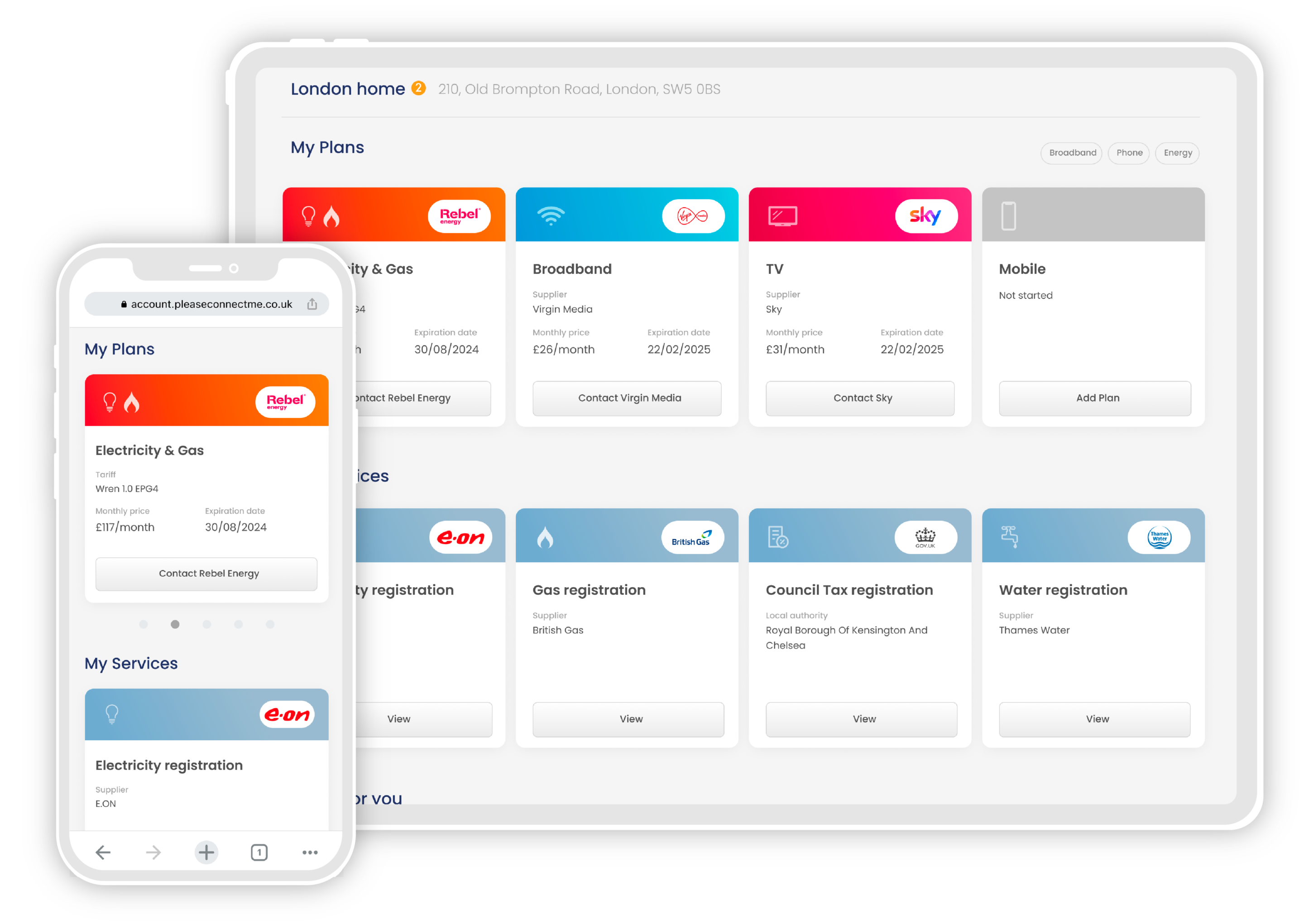Should you switch to a fixed energy tariff? Households across the UK are searching for ways to fight the rising cost of living and keep bills low.
Switching energy tariffs is one potential method to keep your bills under control – but what is a fixed-rate energy tariff, and how can you tell if it will save you money?
Fixed Energy Tariff vs Variable Tariffs – What’s the difference?
Your energy tariff determines how much you pay for the energy you use. It’s made up of two parts, the unit rate and the daily standing charge.
The standing charge is a fee you pay for access to the national grid, regardless of how much energy you use. The unit rate is a price you pay per kWh (Kilowatt-hour).
On a fixed tariff, the unit price and standing charge won’t change for an agreed period of time, usually 12 or 24 months. Your bill can still increase or decrease based on how much energy you use.
On a variable tariff, the unit price and standing charge can change and are almost always set to the energy price cap. This is a maximum price companies can charge domestic customers for energy, and is adjusted by Ofgem every three months.
The energy price cap rose in October
On 1st October 2025, the energy price cap rose by 2%. The average UK household will see their energy bills rise by £35 a year based on this increase.
Experts currently predict that the price cap will rise again in January, sending average bills even higher.
Therefore, if you can find a fixed energy tariff that is below the current price cap, the same price or less than 2% higher, it’s predicted that you will save money over the next year.
Top tip! There are a number of fixed-rate tariffs currently available that are cheaper than the energy price cap, including from our top recommended energy supplier Octopus Energy.
Finding a risk-free fixed energy tariff
The predictions for how the energy price cap will rise or fall are just that – predictions. So, what happens if the energy price cap falls?
In that instance, customers on fixed-rate tariffs could miss out on lower energy bills. Luckily, there’s an easy way to avoid this. Look for fixed energy tariffs with no exit fee – such as Octopus Energy’s ‘Octopus fixed 12m’ tariff.
With no exit fee, you’re free to switch back to a variable tariff if the price cap falls, and protected from price hikes if it rises.
Cut your bills on a fixed energy tariff
Whether you’re on a fixed or variable energy tariff, your bills will still be based on how much energy you use. That means cutting your home gas, electricity and hot water usage will cut your monthly payments.
There are lots you can do at home to cut your energy use, from tiny changes (like making sure you unplug devices you’re not using) to major upgrades (like installing a heat pump).
Top tip! We’ve collected more than 100 of our favourite energy saving tips here to help you save money on bills this winter






